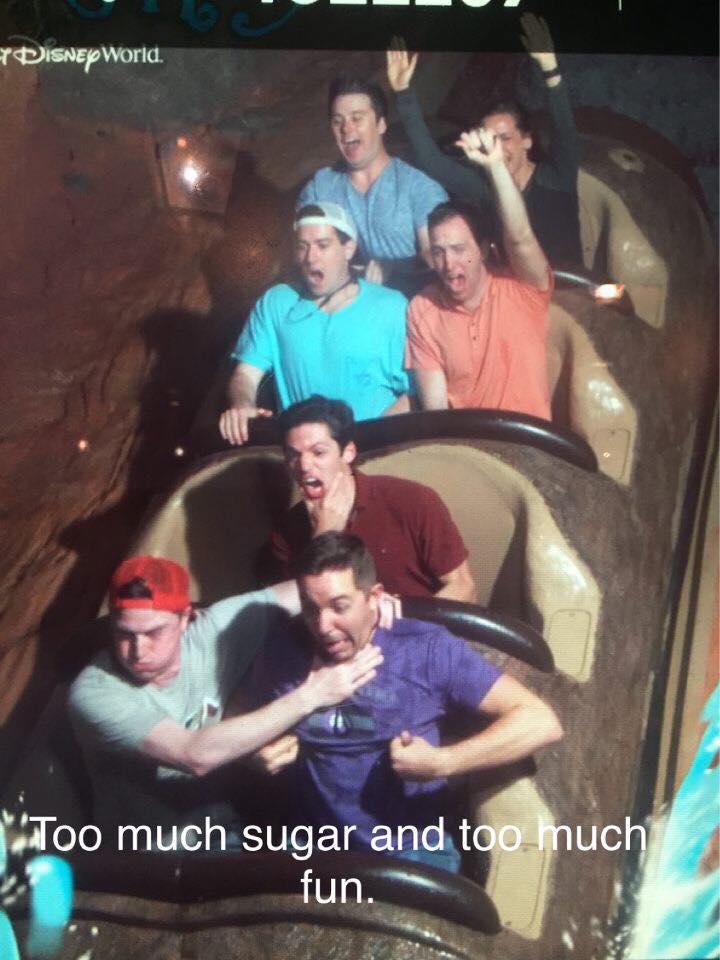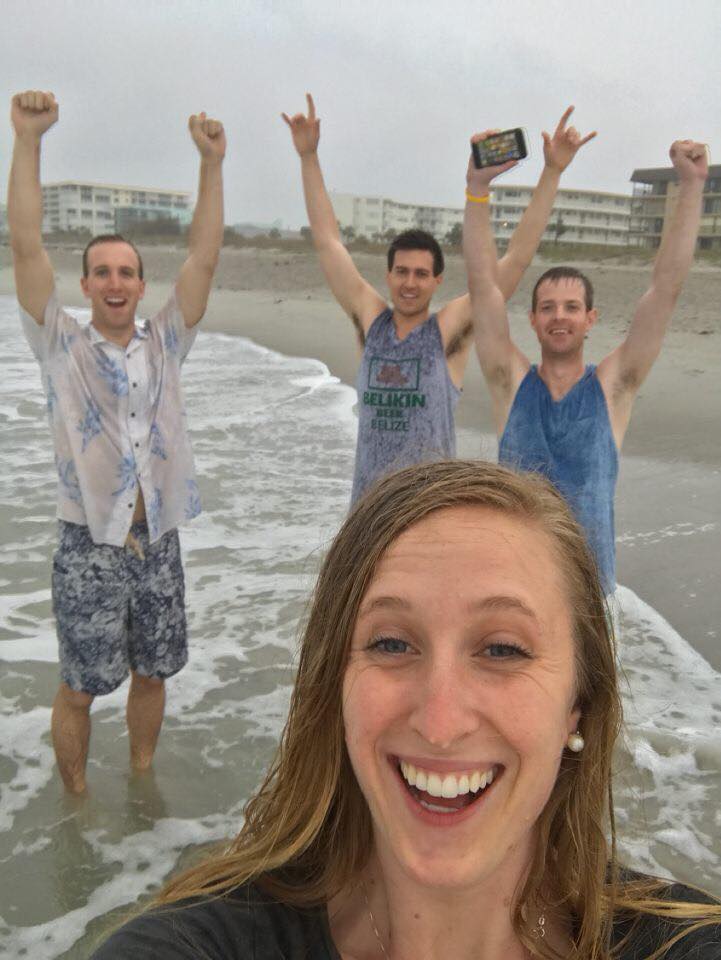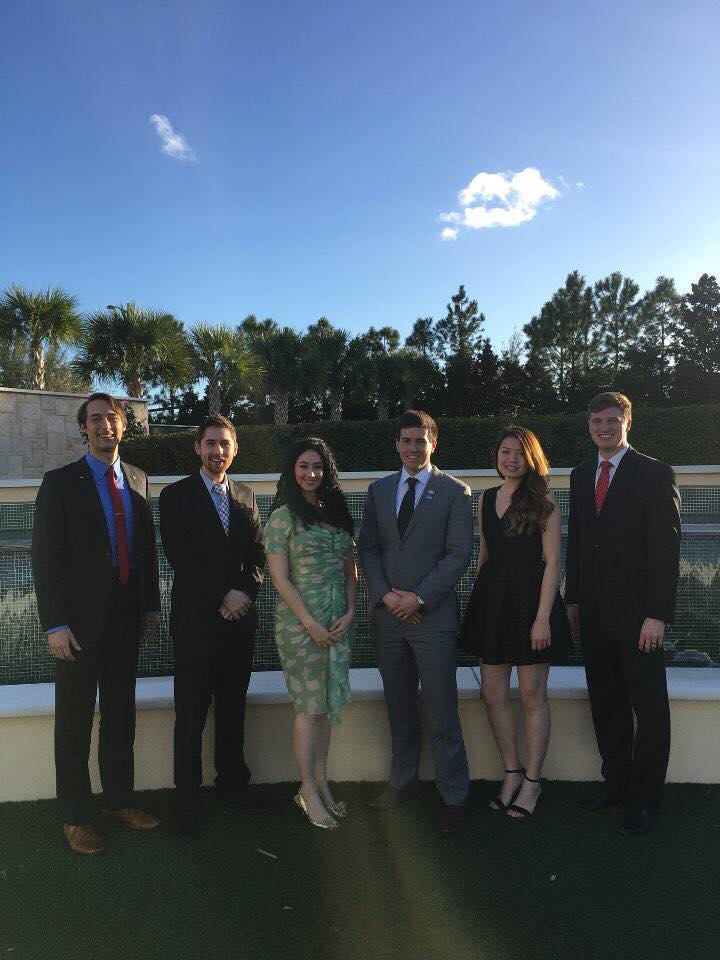 Treatment planning is an integral skill taught in dental school and a core foundation of dentistry as a healing profession. This planning can become an overwhelming onslaught of triaging problems, combining disciplines, all the while catering to the individual patient’s desires and limitations. A particularly careful and important concept within treatment planning is the process of phasing out the treatment. At the University of Colorado, we generally abide by the layout of Phase 0 for emergency procedures, Phase 1 commonly for perio procedures and routine restorative work, and Phase 2 tends to be the fixed and removable prosth. We are taught to not move onto a new phase until we have completed all treatment from a previous phase (with some faculty following this guideline with the fervor of a religious zealot). While this works in the majority of cases, there are times when phasing must be thrown to the wind in order to achieve the most ideal outcome for the patient.
Recently I had a patient, Z, for whom I completed an oral diagnosis. Z’s treatment plan consisted of a perio visit, a few simple (non-urgent) restorations, and a full coverage crown. It was a straightforward plan; however, I knew I was going to run into an issue with the phasing. The tooth requiring the crown had been endo treated two months prior and still contained a temporary restoration. Yet due to the phasing guidelines, I was technically not allowed to begin the crown procedure until I finished the restorative work. I found this outside of the best interest for the patient’s oral health—especially since it is widely accepted that the success rate for an endo-treated posterior tooth is equally dependent on the quality of the root canal therapy and the quality of the full coverage restoration. I was curious to see if timing of the full coverage restoration was also a key player in the prognosis for the tooth. I knew that if I was to challenge the phasing procedure during this patient’s care, I was going to need some evidence to back me up.
Treatment planning is an integral skill taught in dental school and a core foundation of dentistry as a healing profession. This planning can become an overwhelming onslaught of triaging problems, combining disciplines, all the while catering to the individual patient’s desires and limitations. A particularly careful and important concept within treatment planning is the process of phasing out the treatment. At the University of Colorado, we generally abide by the layout of Phase 0 for emergency procedures, Phase 1 commonly for perio procedures and routine restorative work, and Phase 2 tends to be the fixed and removable prosth. We are taught to not move onto a new phase until we have completed all treatment from a previous phase (with some faculty following this guideline with the fervor of a religious zealot). While this works in the majority of cases, there are times when phasing must be thrown to the wind in order to achieve the most ideal outcome for the patient.
Recently I had a patient, Z, for whom I completed an oral diagnosis. Z’s treatment plan consisted of a perio visit, a few simple (non-urgent) restorations, and a full coverage crown. It was a straightforward plan; however, I knew I was going to run into an issue with the phasing. The tooth requiring the crown had been endo treated two months prior and still contained a temporary restoration. Yet due to the phasing guidelines, I was technically not allowed to begin the crown procedure until I finished the restorative work. I found this outside of the best interest for the patient’s oral health—especially since it is widely accepted that the success rate for an endo-treated posterior tooth is equally dependent on the quality of the root canal therapy and the quality of the full coverage restoration. I was curious to see if timing of the full coverage restoration was also a key player in the prognosis for the tooth. I knew that if I was to challenge the phasing procedure during this patient’s care, I was going to need some evidence to back me up.
That evidence came beautifully presented in the Journal of Endodontics. Isaac Prat et. al. completed a retrospective study on the timeframe between completion of root canal therapy and the placement of a crown—and the resulting survival rate of the tooth in question. (1) Two different groups were formed: teeth receiving crowns within four months of the root canal therapy and crowns being placed after the four months. After analyzing the data and making the appropriate exclusions, the conclusion was significant: the teeth that received their crowns past the four month point ended up being three times more likely to be extracted than the teeth that had crowns placed sooner. (1)
This study confirmed my suspicions. It was likely in my patient’s best interest to have this crown placed sooner rather than later. Armed with my new arsenal of evidence-based dentistry, I presented to my faculty. Much to my relief, I was met with very little resistance as I articulated my case and elaborated on my plan of action. The faculty was very pleased that I had thought critically over the phasing and had done some research to support my claim. I gained a valuable lesson from this experience—not every patient fits into the idealized mold of phasing out treatment. Modifications need to be made, and careful thought must be undertaken to construct the most appropriate timing of a treatment plan. And what better way to guide you through those thought processes than a little evidence-based dentistry!
(You're welcome, Dr. Astorga)
- Pratt, Isaac et al. “Eight-Year Retrospective Study of the Critical Time Lapse between Root Canal Completion and the Crown Placement: Its Influence on the Survival of Endodontically Treated Teeth.” Journal of Endodontics. November 2016. 42(11): 1598-1603


























